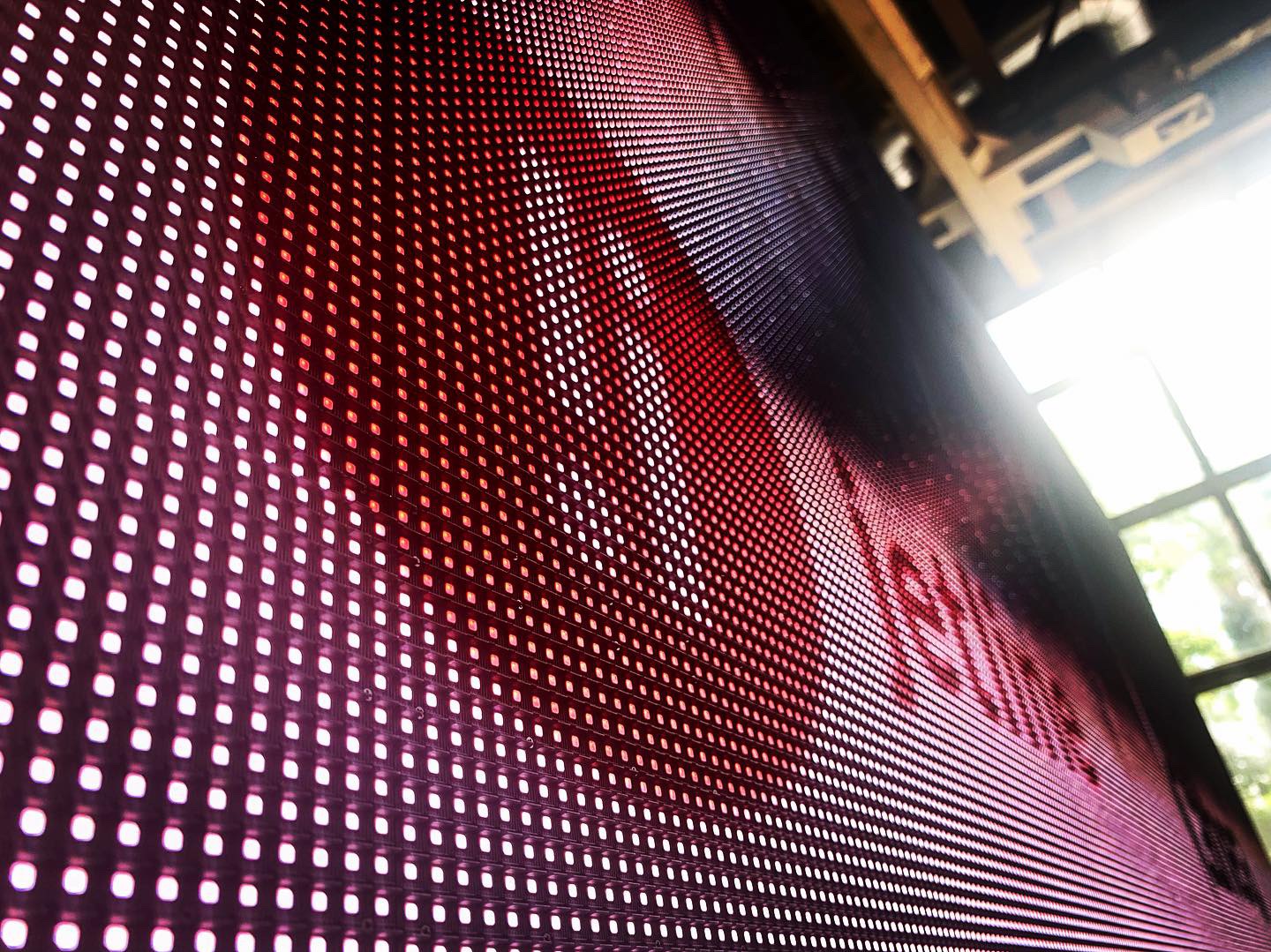New Technologies in Sales. What are They for, and What Won't They Help with?
2020 was a year of change. Many entrepreneurs had to change their business model in an instant and adapt to the situation. Very different industries experienced a drop in revenue. Sales companies, regardless of the B2B or B2C model, are looking for new communication solutions to reach customers.
The double-digit growth rate of the e-commerce market drives the introduction of new sales technologies. Behind them are also new marketing communication tools. It is estimated that by 2025, the online retail market will reach 20% of the entire retail market. Therefore, when planning communication, we cannot forget about direct sales conducted in retail outlets, nor about the significant e-commerce, which now, during the pandemic, often saves companies.
Better Media, Better Quality
When we look at the quality of tools used in campaigns, including the quality of media chosen for OOH campaigns, we see that much has changed for the better in recent years. Advertising budgets are growing because companies are increasingly recognizing the role of communication in doing business. At the same time, every expense is carefully analyzed to see if it brings a real return on investment. We often hear this from marketing managers. They appreciate the quality of our Motorway, 12x4m frontlight billboards, and this translates into an increase in the number of contracts and returning clients who run subsequent campaigns with us.
During the pandemic, mobile media and DOOH gained importance, as they allow for flexible and almost overnight planning of advertising campaigns. Of course, MORE, a new network of screens, has the greatest potential, as a communication tool it connects the world of online retail with direct sales.
MORE is a network of 300 LED screens in six of Poland's largest agglomerations: Tricity, Poznań, Warsaw, Wrocław, Katowice, and Kraków. The time needed from planning to campaign launch is a matter of availability and transfer of ad spots, so we can confidently call our network the Instagram of the street, and launch campaigns overnight. We target messages to pedestrians, cyclists, and scooter users in areas with the highest traffic. The screens are close to points of sale. They are located in shop windows and service premises. We encounter them on the way to shopping, on the way to work, or during a walk.
Communicate Close to Points of Sale
DOOH spots relate to direct sales. They promote products available in nearby stores. They can create demand for them in impulse purchases, reminding about a product or service. A dynamic spot links to a website with an offer or encourages the use of a service via an app, as was the case in Uber's campaigns. Additionally, the screens have a large QR code on their frame, which has reappeared on the market on an increasing scale. A spot linking to a QR code encourages scanning it. The user is automatically redirected to a dedicated page, e.g., with a promotional product or encouraging app download. In turn, there can be additional discounts for new users. Another tool is the option to identify mobile devices that physically appear near the screens and active campaigns. Based on information such as used applications or browsing history, we can display messages on their and related mobile devices.
New Technologies in Sales, Good Old Meetings
Do we need new technologies in sales? I believe so. Perhaps not all of them will prove themselves, and new ones will probably appear in some time. From our point of view, adapting to the changing market is important. Digital screens are the implementation of a strategy to keep up with the times in outdoor advertising. Just like our MORE network.
What, on the other hand, won't new technologies help with in sales? They won't replace direct contact with people. Certainly in some elements of communication, especially direct ones. Limited freedom and less contact with people are perceived unfavorably. We simply miss that part of life that the pandemic took away from us overnight. It's similar in sales… Online meetings do not fully replace direct contact. I have repeatedly heard "I'm fed up with Zoom and Teams meetings" in the B2B sector. We miss meetings, analyses, teamwork, direct service, and face-to-face conversations. In direct contact, we communicate more effectively, build trust, and have the opportunity to better assess the quality of a chosen product. Therefore, despite the excellent and rapid adaptation to the situation, I assume that direct sales will remain very important for a long time. Both in the B2B and B2C sectors, it will carry significant weight.

